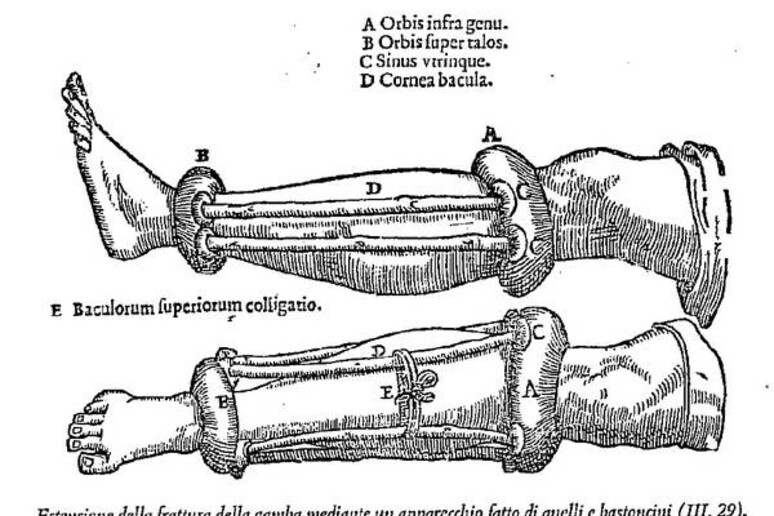(ANSA) - Rome, May 26 – Ancient Romans suffered from debilitating arthritis that often set in by age 30 and literally brought many of them to their knees, according to a study of 2,000 skeletons recovered in the Eternal City’s underground necropolises.
The findings by an Italian team of two orthopedic surgeons, two radiologists and two medical historians were published in a book out earlier this week titled Bones: Orthopaedic Pathologies in the Roman Imperial Age.
The scientists used modern imaging techniques such as computed tomography (CAT) scans to find to lesions that were previously impossible to detect.
Among their findings is that doctors in ancient Rome would cage aching joints and fractured limbs in wooden structures until they healed.
The book was presented by orthopedic oncologist Andrea Piccioli, who is the editor-in-chief of the Italian Journal of Orthopedics and Traumatology and a member of the scientific committee of Italy’s Higher Institute of Health (ISS).
ALL RIGHTS RESERVED © Copyright ANSA











